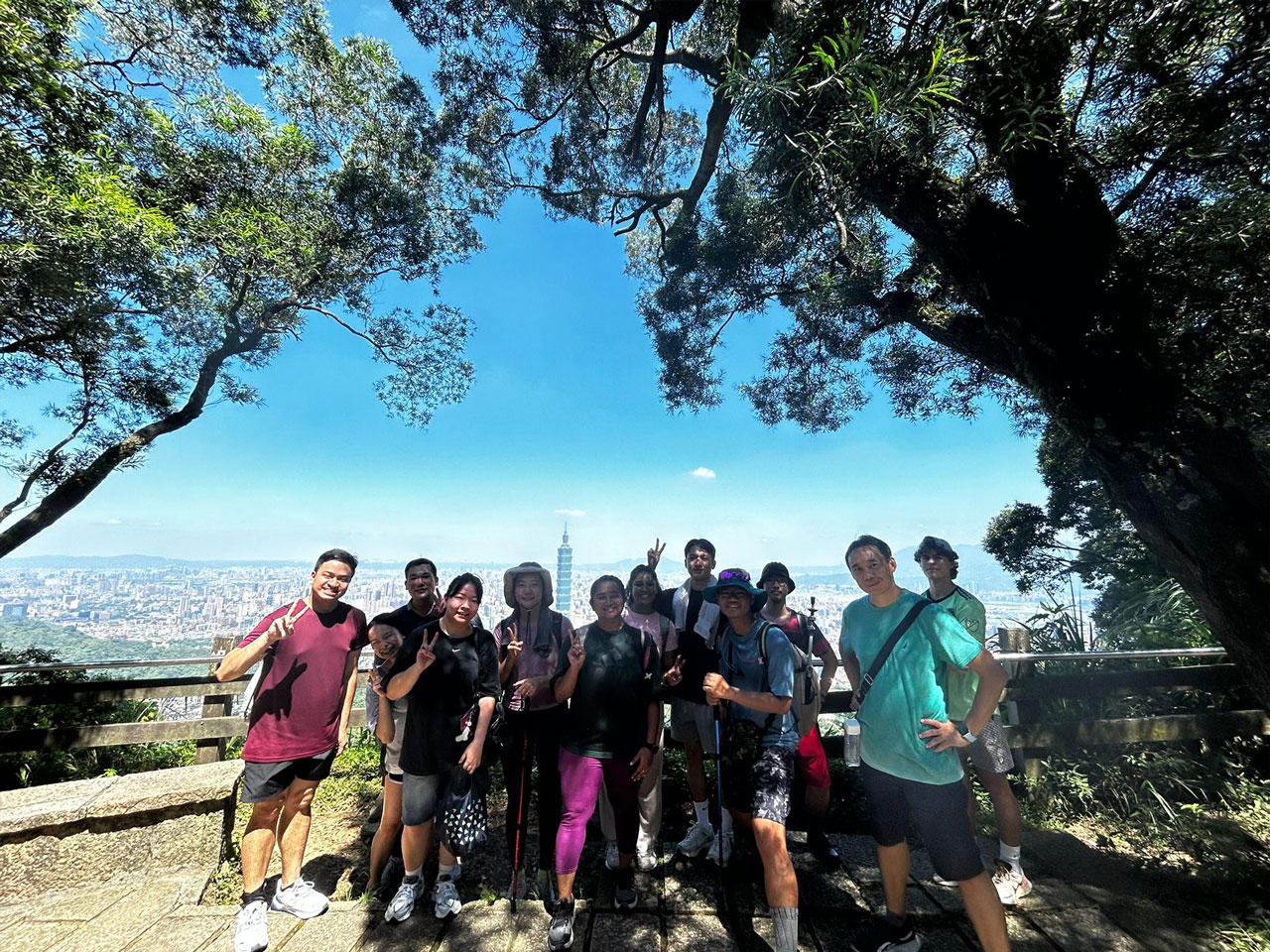分子與結構細胞生物學
我們實驗室主要研究細胞中不同微管陣列組成的調控(如何由奈米等級之微管蛋白形成微米等級之微管正列),進一步促進有絲分裂進展、纖毛生成和神經元成熟等重要細胞生理現象。其中,我們也探討細胞核運輸因子如何透過典型和非典型的功能來調節微管陣列的結構(例如:紡錘體與纖毛)。除了基礎細胞生物學的研究,由於微管蛋白一直是抗癌藥物的重要標的,我們目前也探討微管陣列與癌症標靶藥物的關係,特別著重於造成癌症抗藥性的分子機制。該研究旨在加深對癌症抗藥性作用的理解,並可能為癌症標靶治療的開發提供新的方向。
我們通過生化、結構生物、生物物理和細胞生物學等多種方法,從不同的角度探究細胞生物學問題,並在模型生物中進一步驗證我們的發現。這種方式使我們能夠對生物問題提供新的見解。因此,我們的研究提供了關於基礎細胞生物學的不同觀點且深入的理論和實驗基礎,同時也期待對轉譯醫學做出貢獻。
圖一: 間期微管 (A)、有絲分裂紡錘體 (B) 和軸絲微管 (C) 以及樹突中微管束 (D) 之微米級微管陣列示意圖。多種調節蛋白調控不同微管陣列的組織。
圖二: 肝癌上調蛋白(HURP) 的微管蛋白結合區域與 β-微管蛋白相互作用,並直接與長春瑞濱競爭。長春瑞濱是一種由長春花生物鹼衍生之化療藥物。
- PDF, 2015, Lab. Cell Biology and Chemistry, The Rockefeller Univ.
- Ph.D., 2009, Lab. Cell Biology, The Rockefeller Univ.
- MS, 2000, Dept. Biochemistry, Natl. Yang-Ming Univ.
- BS, 1998, Dept. Biology, Fu-Jen Catholic Univ.
- 2015-2018, Newly-Appointment Academic Research Grants of Academia Sinica
- 2015-2018, Young Talent Investigator Recruitment Award, Ministry of Science and Technology
- 2017-2021, Career Development Award
- 2023-2027, Investigator award
- 2023, Academia Sinica Early-Career Investigator Research Achievement Award
- 2023, NSTC Outstanding Research Award
Publications arising from my own independent laboratory (Since 2015; corresponding* only)
- Saju, A., Chen, P.P., Weng, T.H., Tsai, S.Y., Tanaka, A., Tseng, Y.T., Chang, C.C., Wang, C.H., Shimamoto, Y., Hsia, K.C.*(2024). HURP binding to the vinca domain of β-tubulin accounts for cancer drug resistance. Nature Communications 15(1): 8844.
- Liao, C.C., Wang, Y.S., Pi, W.C., Wang, C.H., Wu, Y.M., Chen, W.Y.*, Hsia, K.C.* (2023). Structural convergence endows nuclear transport receptor Kap114p with a novel transcriptional repressor function toward TATA-box binding protein. Nature Communications 14(1):5518.
- Shankar, S., Hsu, Z.T., Ezquerra, A., Li, C.C., Huang, T.L., Coyaud, E., Viais, R., Grauffel, C., Raught, B. Lim, C., Lüders, J.*, Tsai, S.Y.*, Hsia, K.C.* (2022) A γ-tubulin complex-dependent pathway suppresses ciliogenesis by promoting cilia disassembly. Cell Reports 41(7), 111642.
- Shih, P.Y., Shankar, S., Lee, S.P., Fang, Y.L., Chen, H., Wang, T.F., Hsia, K.C.*, Hsueh, Y.P.* (2022). Zinc-induced phase transition modulates synaptic distribution of autism-linked CTTNBP2. Nature Communications 13(1):2664.
- Chang, C.C., Hsia, K.C.* (2021) More than a zip code: global modulation of cellular function by nuclear localization signals. FEBS J. doi: 10.1111/febs.15659 (Invited review).
- Huang, T.L., Wang, H.J., Chang, Y.C., Wang, S.W., Hsia, K.C.* (2020) Promiscuous binding of microprotein Mozart1 to 𝛾-TuRC mediates specific subcellular localization to control microtubule array formation. Cell Reports 31(13), 107836.
- Wieczork, M., Huang, T.L., Urnavicius, L., Hsia, K.C.*, Kapoor, T.M.* (2020) MZT proteins form multi-faceted structural modules within the 𝛾-tubulin ring complex. Cell Reports 31(13), 107791 (Cover of the issue).
- Liao, C.C., Shankar, S., Pi, W.C., Ahmed, G.R., Chen, W.Y., Hsia, K.C.* (2020) Karyopherin Kap114p-mediated trans-repression controls ribosomal gene expression under saline stress. EMBO reports, 21(7):e48324.
- Chang, C.C., Chen, C.J., Grauffel, C., Pien, Y.C., Lim, C., Tsai, S.Y.*, Hsia, K.C.* (2019) Ran pathway-independent regulation of mitotic Golgi disassembly by Importin-α. Nature Communications 10(1):4307.
- Chang, C.C., Huang, T.L., Shimamoto, Y., Tsai, S.Y., Hsia, K.C.* (2017) Regulation of mitotic spindle assembly factor NuMA by Importin-β. J. Cell Biol. 216(11):3453-3462.
Publications arising from earlier work (First author only)
- Hsia, K.C., Wilson-Kubalek E,M., Dottore A., Hao, Q., Tsai, K.L., Forth S., Shimamoto Y., Milligan, R.A., Kapoor, T.M. (2014) Reconstitution of the augmin complex provides insights into its architecture and function. Nat. Cell Biol. 16(9):852-863 (Cover of the issue).
- Hsia, K.C., Hoelz, A. (2010). “Crystal structure of α-COP in complex with ϵ-COP provides insight into the architecture of the COPI vesicular coat” Proc. Natl. Acad. Sci. 107(25):11271-11276.
- Hsia, K.C., Stavropoulos, P., Blobel, G., Hoelz, A. (2007). “Architecture of a coat for the nuclear pore membrane.” Cell 131(7):1313-1326.
- Hsia, K.C., Chak, K.F., Liang, P.H., Cheng, Y.S., Ku, W.Y., Yuan, H.S. (2004). “DNA binding and degradation by the HNH protein ColE7.” Structure 12(2):205-214.

